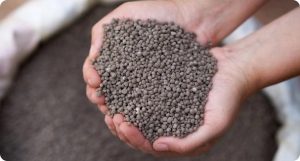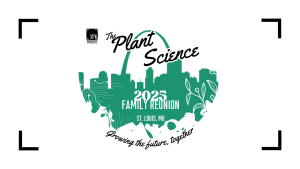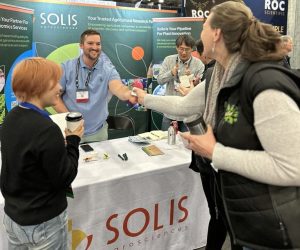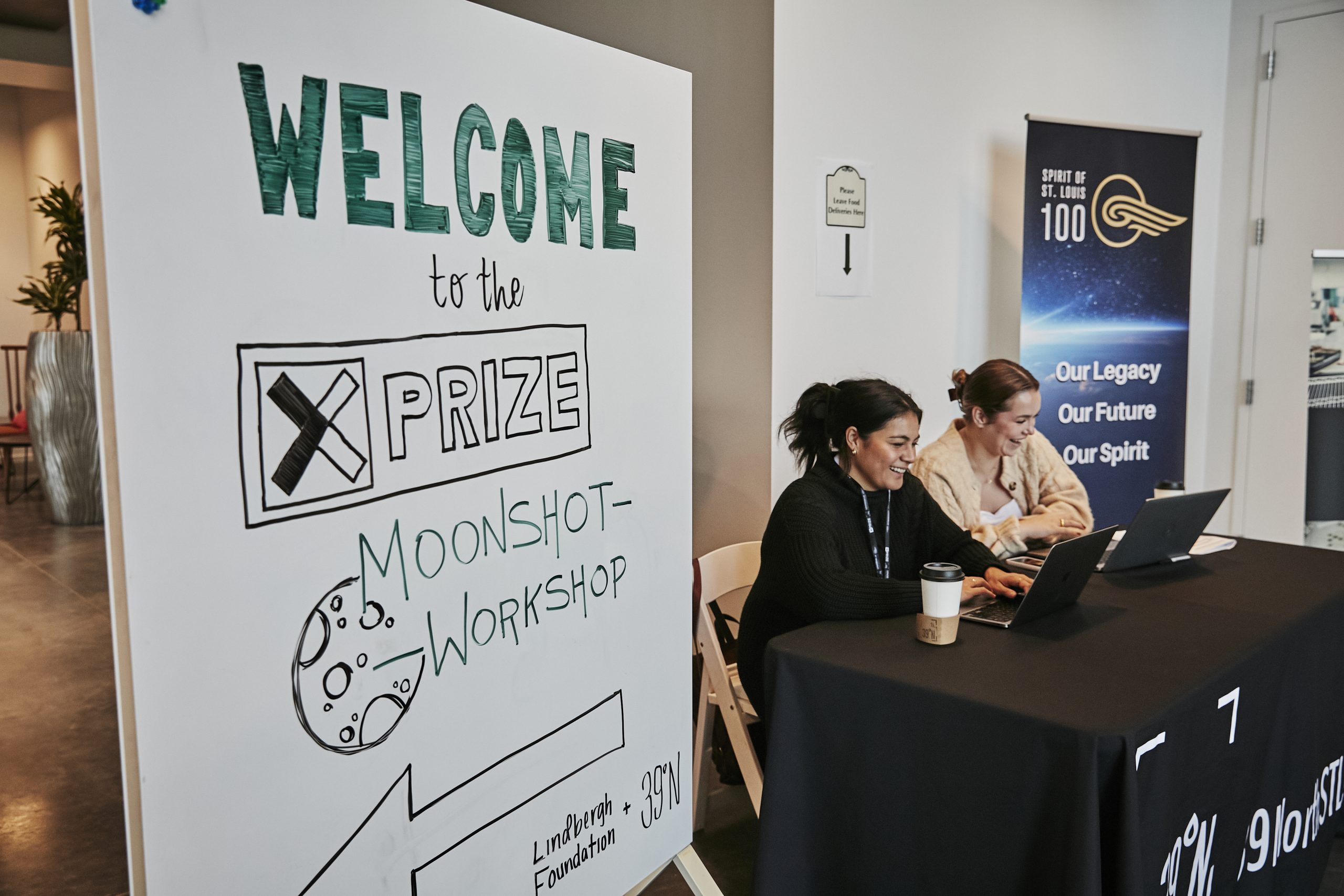
A Platform for Possibility: Bold Ideas and Big Thinking at the XPRIZE Moonshot Workshop
Across the industry we know that to solve agriculture’s biggest challenges—in food, fuel, and carbon drawdown— we need to do ‘more with less.’ A broad phrase to be sure, but in crop agriculture doing ‘more with less’ typically means incremental yield improvements with less inputs. However, in the face of climate change, are incremental improvements enough, or do we also need exponential changes that will only come from audacious, disruptive innovations?
In October 2024, 39 North served as a platform for diverse experts to ponder that exact question. We partnered with the Lindbergh Foundation and XPRIZE to host a Moonshot Workshop, the first step on a journey towards launching a potential competitive XPRIZE in one of their seven scientific domains. The workshop brought together agtech, sustainability, and climate tech experts from across the country to voice their thoughts and spend a few days in St. Louis zooming out and thinking big.
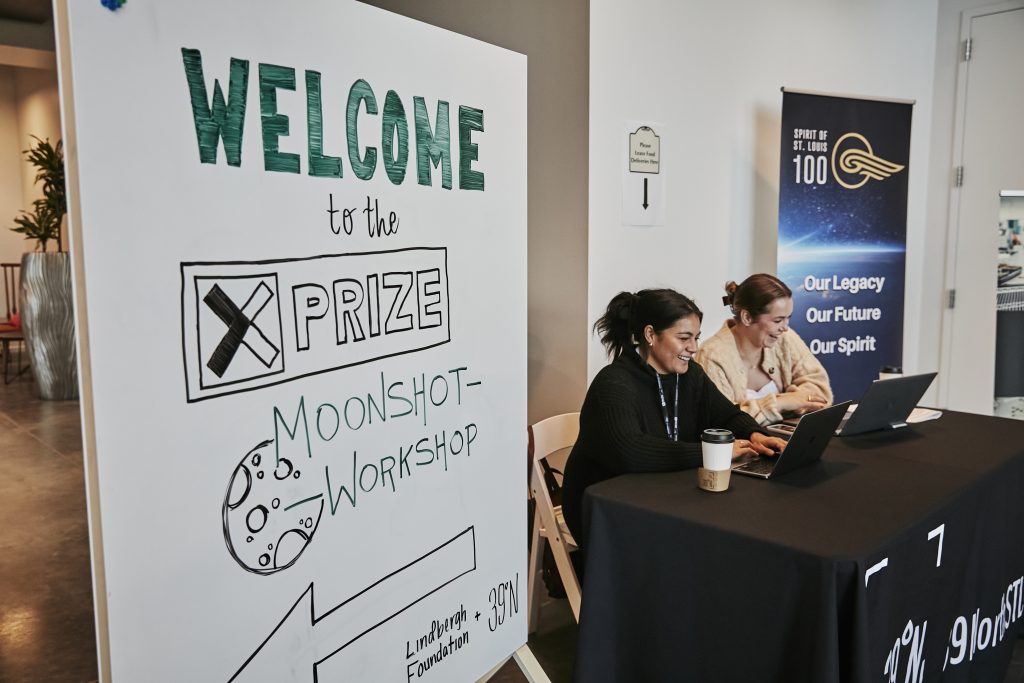
The Moonshot Workshop:
Crop agriculture today sits at a critical crossroads. Incremental improvements in yield, efficiency, and resource use coupled with inconsistent global policies and concentrated capital are insufficient to meet the growing challenges we face. Climate change looms large, intensifying droughts, floods, and unpredictable weather patterns that jeopardize food security worldwide. At the same time, producers are burdened with feeding a growing global population, transitioning to sustainable practices, and the need to rapidly capture carbon. These are all problems that require audacious thinking and creative innovation.
The workshop convened scientific thinkers from across the agtech sector in St. Louis’ AgTech Innovation District, 39 North, to ponder a big, complex question: “How can we radically improve agricultural systems for food, fuel, and carbon drawdown?” Designed to foster collaboration and spark ideas, this workshop wasn’t just a gathering. It was a charged atmosphere where passion ran high, ideas clashed, and participants built upon each other’s concepts in real time.
“It is rare in day-to-day busyness to have the luxury to step back and really contemplate the biggest challenges facing our food system” – Tannis Thorlakson, Cascade Climate

As the day began, the 55 attendees – ranging from scientists and investors to farmers, policymakers, and corporate leaders—shouted out what they saw as agriculture’s biggest current challenges. A common theme involved producers, specifically the lack of incentives, access to on-field data, labor challenges and costs, and trust across the supply chain – an unsurprising theme given the workshop location and number of farmers and farmer-facing organizations represented in the room. Climate resilience and adaptability of crops was another common theme, with experts often branching to include fertilizer inputs, emissions, soil health, and biodiversity loss. Other challenges included: competition over land use, transparency in data sharing, fragmentation of value chains, lack of crop nutrition, eutrophication, scalability and financing of already identified solutions, food waste, and the slowness of regulation approval to name only a handful.
“I felt like I had a comprehensive understanding of the biggest issues only to realize there were so many more than I wasn’t identifying,” said attendee Hallie Thompson of Radicle Consulting. “It felt exciting to know we were there to do important work but also overwhelming to consider the number of topics that require investment in this space.”
While the challenges voiced were varied and with experts often disagreeing or trying to tweak the wording to better fit their perspective, the attendees eventually coalesced around a few challenges. Small groups were then formed to dive into the complexities of each challenge and identify what success would look like. The goal? To frame each challenge as a prize—a call to action where potential solutions could be measured against key metrics such as feasibility, scalability, and impact.
Key Challenges:
While eight prize concepts were presented at the end of the workshop, they can generally be clustered into four categories.
Lack of financial incentives for farmers. The group’s perspective was that farmers are critical to crop agriculture, bearing most of the risks associated with food production, yet only receive a portion of the total expenditure on food. Over generations this lack of profitability can reduce farmer resiliency impacting rural communities as farms close or consolidate. This also disincentivizes unnecessary risks such as modifications to conventional methods and/or new innovations.
Input inefficiencies. Some groups discussed that finite resources such as water, nutrients, and soil play critical roles in crop yield, yet modern agriculture is inefficient with these inputs. A group centered around water identified that 70% of global freshwater goes towards agriculture, but also identified that half of global food production will be at risk of failure in the coming decades from water shortages. A group focusing on nutrient applications like nitrogen and phosphorus note that these are not fully utilized by the plant; this inefficiency leads to increased application of fertilizers by farmers increasing their costs. Environmentally, the increased demand and application of fertilizers can have cascading effects on greenhouse gas emissions, runoff, water contamination, and eutrophication. Finally, as an input, usable topsoil has diminished 50% over the last 150 years driven by the human-induced processes of desertification, deforestation, cropland expansion, and urbanization.
Rethinking the entire paradigm. Some groups focused on prize concepts aimed to remove all constraints and reimagine the agricultural system. Through incentive structures for farmers, land use competition with feedstock and fuels, fragmented value chains, and being a major contributor to greenhouse gasses – they identified that crop agriculture has an image problem. Through collective societal action, policy changes, and the alignment of financial incentives a new incentive structure for agriculture could emerge.
Agricultural technology for a rapidly changing world – This group identified that while collective societal action, policy change, and financial incentives take time to align, overcoming technical barriers is more readily actionable. From CRISPR to precision farming, agricultural and climate technologies are already being produced and deployed. However, as climate change presents a rapidly shifting goal post through extreme weather events and transitional agricultural zones, our technologies must also rapidly adapt. Technological advancement further overlaps with the ‘inefficient inputs’ category, as breakthroughs are needed in irrigation technology, plant water and nutrient use efficiency, more sustainable synthetic fertilizer development, and so on.
Next Steps:
While these prize concepts are thought-provoking, they are still the first step for the XPRIZE Foundation in establishing a prize pipeline around crop agriculture. XPRIZE, through the workshop’s lead Dr. Lauren Greenlee, will take the next 12 to 18 months to work with experts to evaluate and refine these concepts to build strong prizable and fundable directions. Once the prize design is solidified and XPRIZE has secured the funding, the prize will be launched and the competition for solutions will begin. While the purse of a prize like this is currently unknown, XPRIZE has previously launched a $100M carbon removal prize and a $119M desalination prize, both of which have sparked intense competition and have been cited by companies as key factors in pursuing some technology strategies.
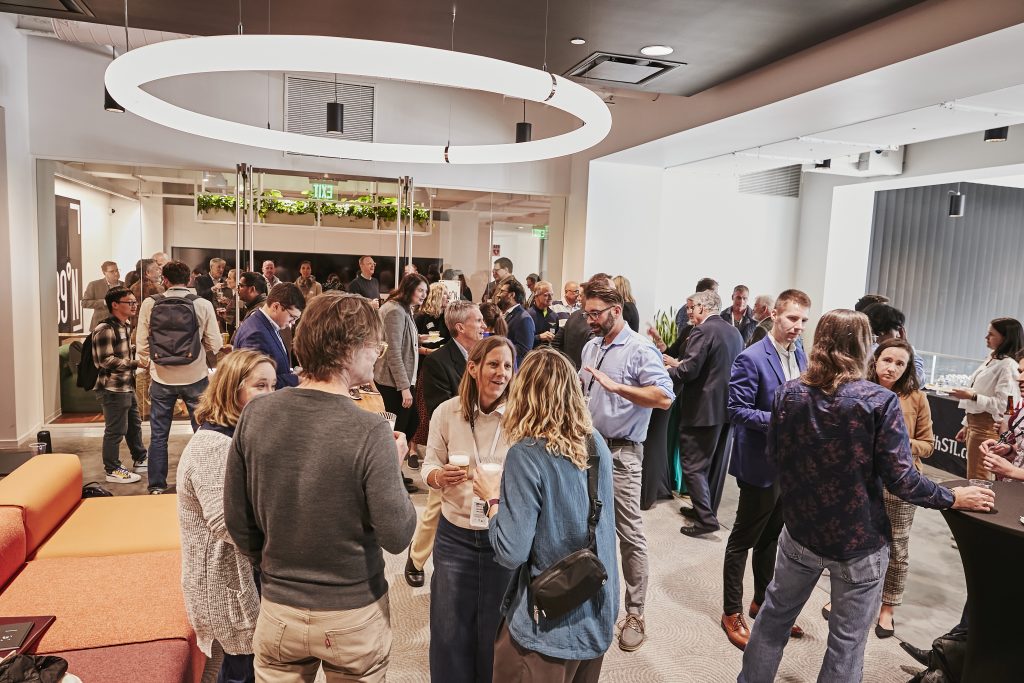
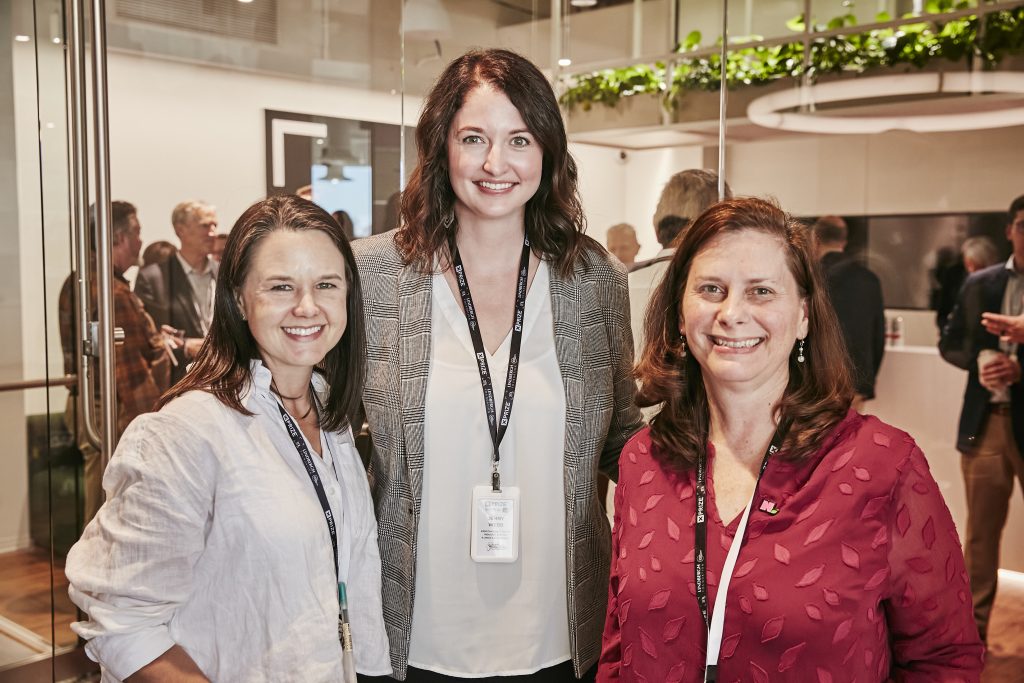
What’s the Role of 39 North?
As an innovation district, 39 North is no stranger to fostering collaboration. But what about fostering innovation? Traditionally, innovation districts are hubs intentionally designed to foster collaboration, creativity, and economic growth. They often cluster universities, research institutions, startups, and corporations to create environments where ideas can flourish and where researchers and companies can access the tools they need to succeed. These districts are physical spaces where proximity enables networking, shared resources, and serendipitous discoveries. They thrive on being convening grounds for stakeholders who might not otherwise interact—from academics and entrepreneurs to investors and policymakers.


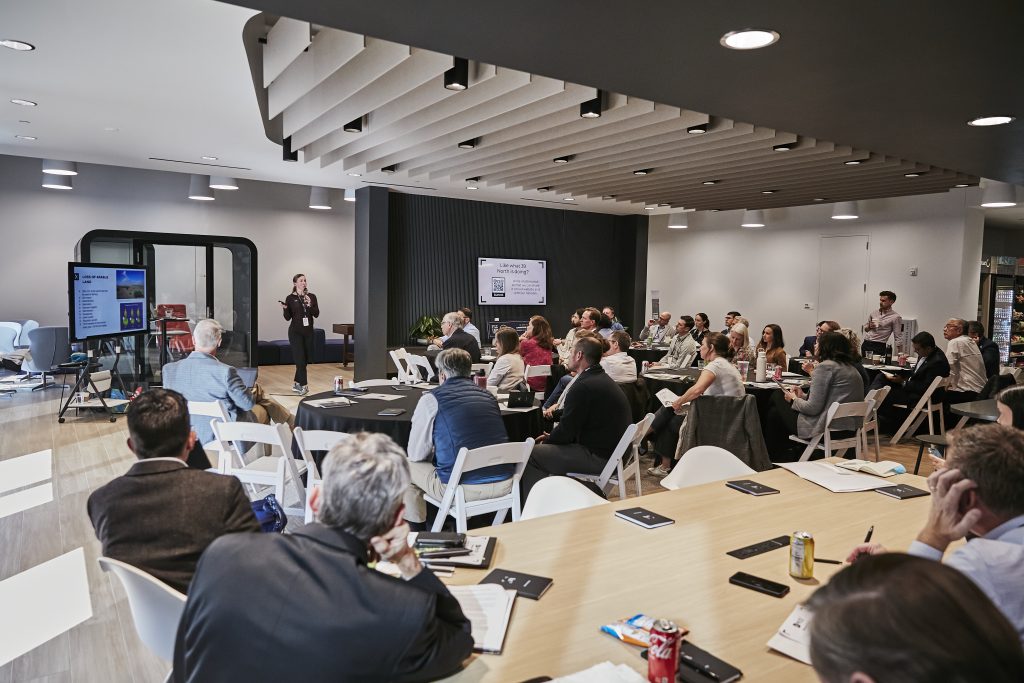
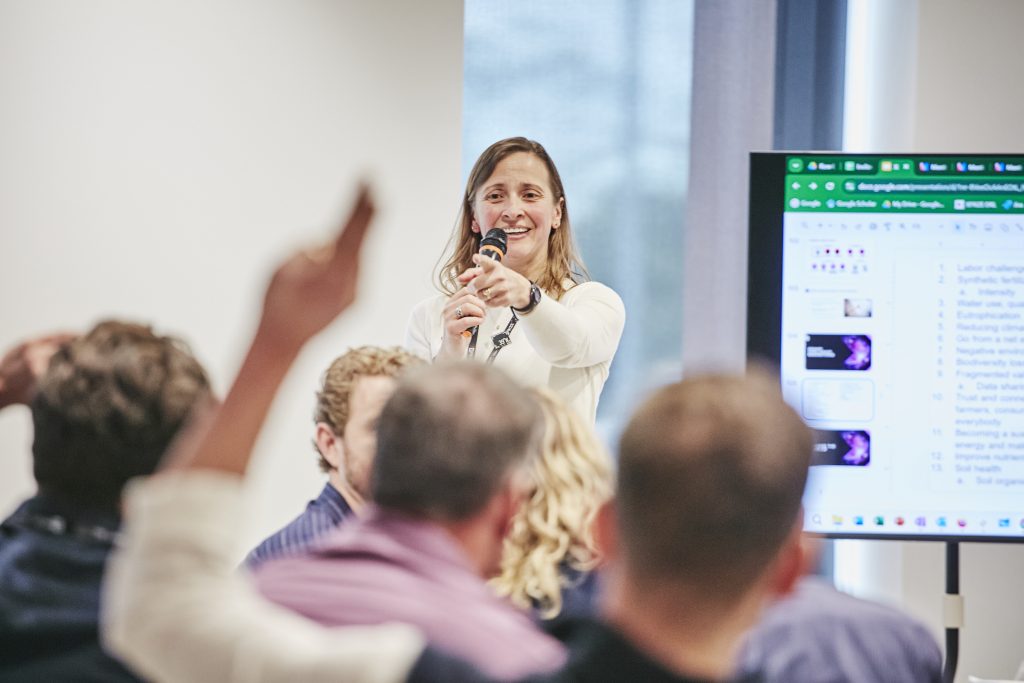
At 39 North we believe that this convening function is immensely powerful, and we strive to play a proactive role in fostering innovation through this platform. Moreover, we find a valuable contribution of an innovation district is not just providing a place to work and collaborate but also providing a safe, collective space to think broadly, challenge assumptions and generate audacious ideas. Our broader aim is to have participants share these ideas and frameworks with their own organizations and companies, creating a broader sense of community.
“We often talk about the challenges in agriculture, but it is usually with particular solutions in mind,” said attendee Natalie Breakfield of NewLeaf Symbiotics. “It was very interesting to see how people with a wide variety of expertise and experiences worked through articulating what the grand challenges in Agriculture are in a more open-ended way in order to spur innovative thinking and problem solving,” she continued.
Through events and convenings like the Moonshot Workshop, a cross-section of creators and builders have an excuse to break out of the day-to-day grind, zoom out, challenge constraints, and think about their industry broadly.
“Will there be a specific outcome from XPRIZE that will be the solution? I don’t know, but I really appreciate that XPRIZE is focused on manifesting change and not on achieving predictable outcomes.” – Mike DeCamp, CoverCress Inc.
As we move into 2025, 39 North will continue to partner with bold organizations to better serve the district and broader St. Louis region.

